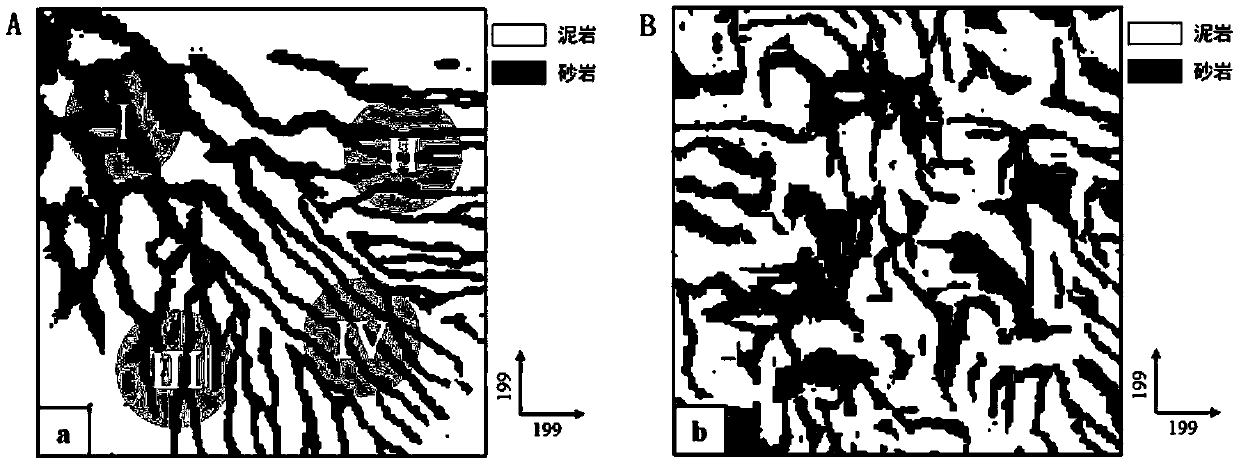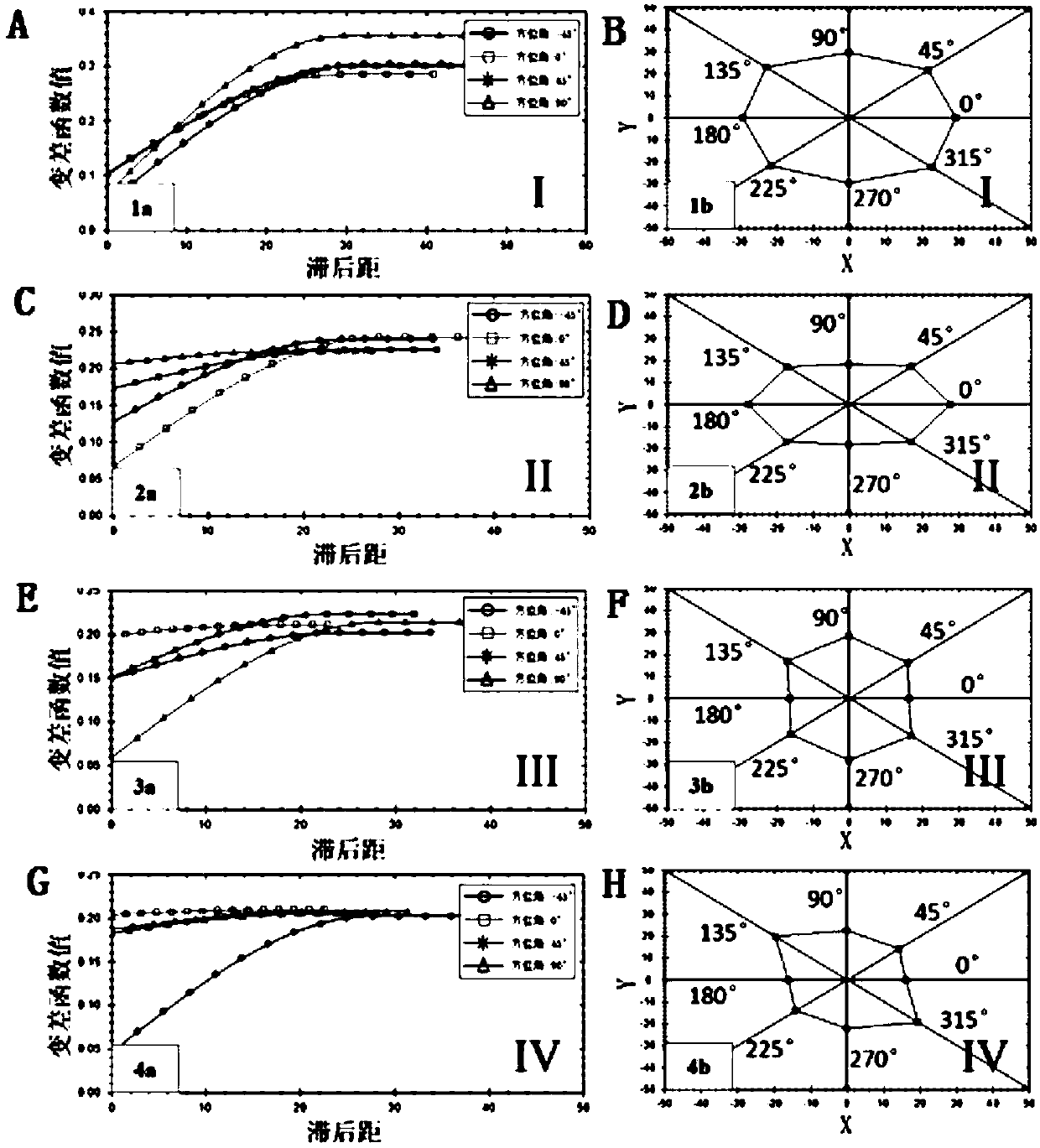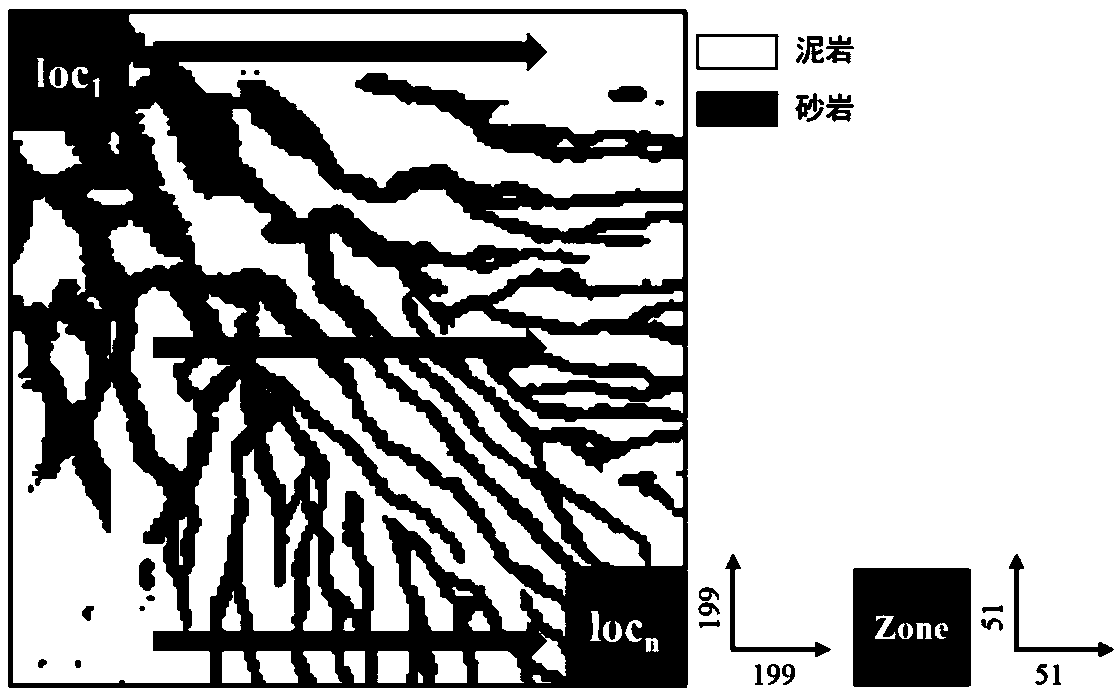Non-stationary multi-point geostatistical modeling method based on anisotropy
A geostatistical and anisotropic technology, applied in the field of ASNSIM, a non-stationary multi-point geostatistical modeling method, can solve problems such as large differences in zoning
- Summary
- Abstract
- Description
- Claims
- Application Information
AI Technical Summary
Problems solved by technology
Method used
Image
Examples
Embodiment Construction
[0050] In order to better explain the present invention, the main content of the present invention is further clarified below in conjunction with specific examples, but the content of the present invention is not limited to the following examples.
[0051] In order to understand the present invention well, relevant terms are explained below:
[0052]1. Grid unit (C-Cell): a rectangular cubic unit with a specified length (ISize), width (JSize), and height (KSize) along the X, Y, and Z directions. The grid unit stores specific numerical representations its properties.
[0053] 2. Grid (G-Grid): A three-dimensional structure composed of many grid units C. The dimensions in the X direction, Y direction and Z direction are I×J×K, and the essence is a three-dimensional matrix. The meaning of G(i, j, k) is the grid unit whose index in the X direction is equal to i, the index in the Y direction is equal to j, and the index in the Z direction is equal to k.
[0054] 3. Training image...
PUM
 Login to View More
Login to View More Abstract
Description
Claims
Application Information
 Login to View More
Login to View More - R&D
- Intellectual Property
- Life Sciences
- Materials
- Tech Scout
- Unparalleled Data Quality
- Higher Quality Content
- 60% Fewer Hallucinations
Browse by: Latest US Patents, China's latest patents, Technical Efficacy Thesaurus, Application Domain, Technology Topic, Popular Technical Reports.
© 2025 PatSnap. All rights reserved.Legal|Privacy policy|Modern Slavery Act Transparency Statement|Sitemap|About US| Contact US: help@patsnap.com



